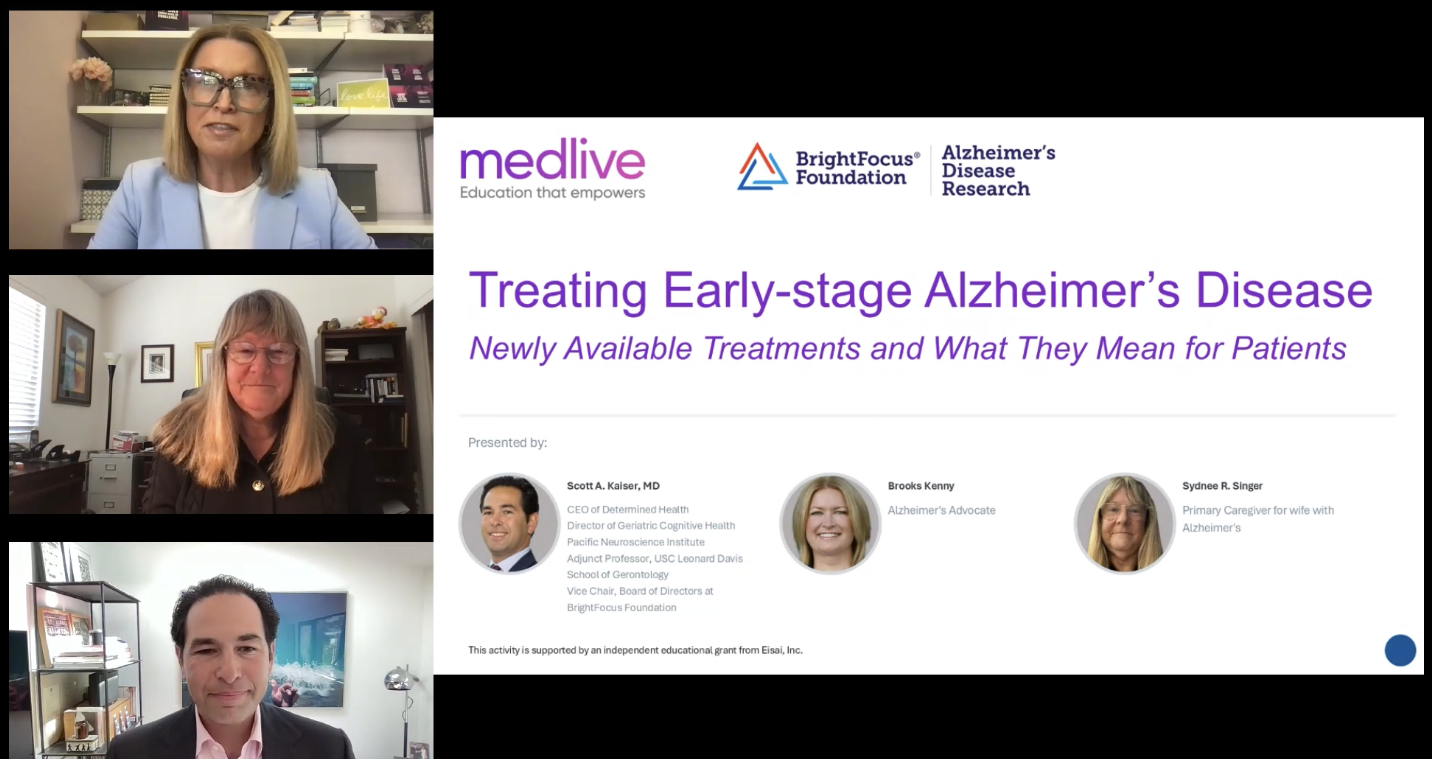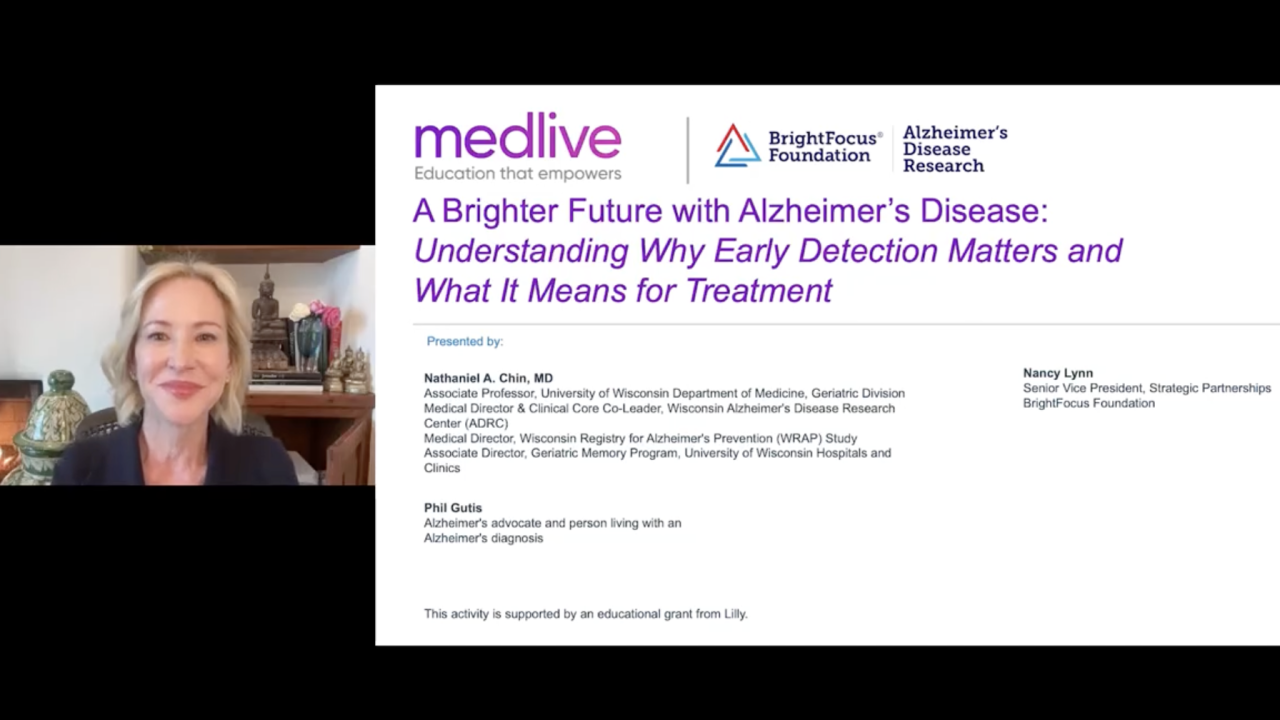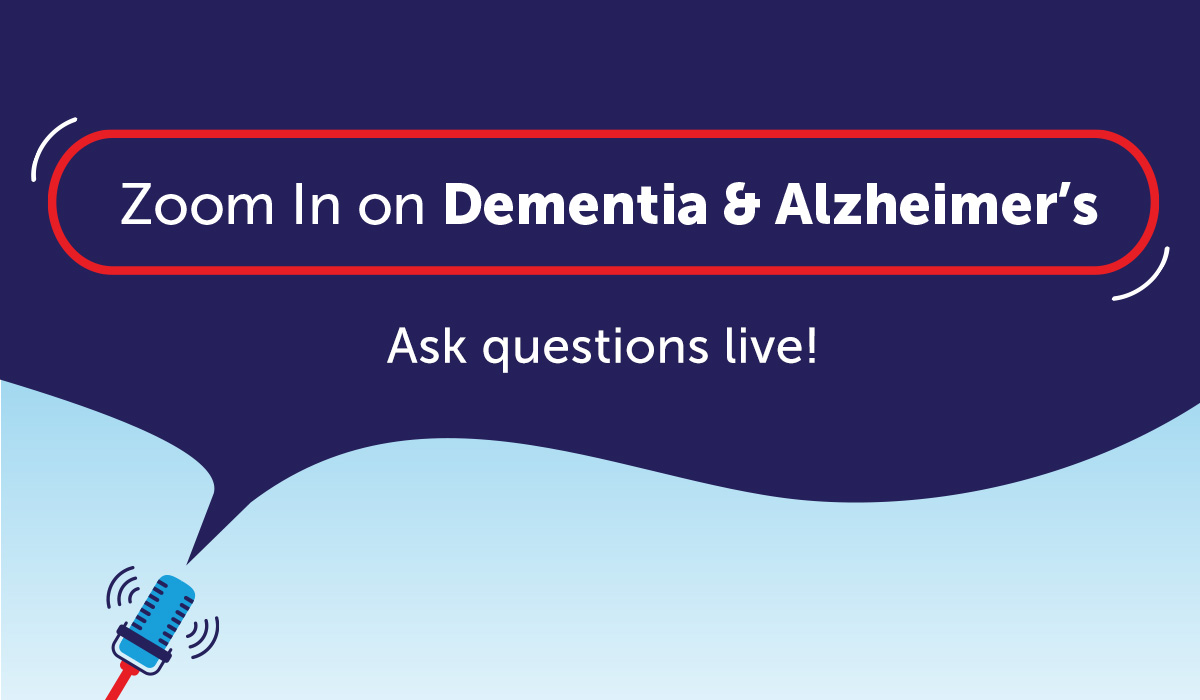
Learn why a dementia care plan is so valuable for caregivers and understand how to create one.
Claudia, an 84-year-old woman with dementia and physical limitations, including confinement to a wheelchair, had been living in her own home with 24-hour caregivers. It was increasingly clear she would benefit from more socialization. Her son set about and located an appropriate adult day setting, and enrolled his mother in this Alzheimer’s setting two days per week. It turned out to be a great answer to her social needs as well as other things they had not anticipated.
The Care Plan Process
Upon admission, the care team, consisting of the nurse, social worker, and activities director, conducted their assessments, and then collaborated on developing a care plan for Claudia. When the plan was completed, they reviewed each element with her son, and revised the plan where necessary, with his input. By the end of the care plan process, everyone came away with a greater understanding of who Claudia was, both in the present and in the past, and how they would help her move toward her highest level of functioning.
In long-term care facilities, skilled nursing, health centers, and adult daycare settings throughout the United States, care teams are required to develop care plans for each resident or participant. No matter the resident’s illness or disability, dementia or not, within 30 days of admission, the care team must assess their new admission, and with an interdisciplinary approach, develop a plan of care. The resident, and/or a family member, is invited to the care plan meeting, and the interdisciplinary team presents its findings and goals of care. The initial and ongoing collaboration of the care team, the resident, and family is key to the quality of care.
A care plan will address some or all of the following topics:
- Biography
- Communication
- Mobility
- Toileting
- Eating Patterns
- Orientation/Cognition
- Psychosocial/Behavioral
- Caregiver Support Needs
- Recreational Activities
Each of these areas includes a detailed description of the current functioning, needs and problems, the expected goals and outcomes, the responsible discipline(s), what interventions are planned, what services will be provided, and dates for completion of each goal. Care providers reading the individual care plan will know what is expected of them when working with this resident. The family will also understand the goals of care.
A Plan for Dementia Care
Dementia residents or participants will have a dementia care plan, which includes a more personal account of who the person is. Drawing on the work of Thomas Kitwood, professor and author of “Dementia Reconsidered: The Person Comes First,” this dementia care plan is designed to enhance the experience of people living with dementia, by presenting the resident or participant as if he or she is speaking. It is written to assist caregivers in understanding the person, and includes personal information that is important for caregivers to know and use when working with the resident. For instance, it will include important information about the individual, such as their name and date of birth, the name they answer to, their likes and dislikes, their background and interests, and ideas for caregivers to use when speaking to them.
When reading the dementia care plan, a caregiver or person new to the individual would be able to answer “who is this person?” and “what makes them tick?” The ultimate goal is to provide a voice for the person, especially when they are unable to do so for themselves. Another way of describing it is a “This is Me and This is What I Need” document. Very importantly, it is written in first person, and may address any or all of the following areas:
- My Cognitive Ability
- My Biography
- My Family, Friends, and Community
- My Personality
- My Physical Health
- My Eating and Drinking Preferences
- My Environment
- My Safety and Areas of High Risk
- My Spirituality
- My Sensory Impairment
- What I Like to Do
- Things I Enjoy and Do Not Enjoy
You can see that some of the elements are similar to the earlier care plan, and in fact that care plan will inform this dementia care plan. A major difference is that the dementia care plan is written in first-person—as if the person himself is speaking. While the earlier care plan is more clinical in nature, this dementia care plan will present the individual in a personal way, and address what is needed for caregivers to be successful in their work with the individual. In a long-term care setting or dementia care unit where caregivers change shifts regularly, or when there are staff changes, these care plans can be so valuable for a caregiver’s introduction to their new care recipient, and they help smooth any new, caregiver-related transitions.
About BrightFocus Foundation
BrightFocus Foundation is a premier global nonprofit funder of research to defeat Alzheimer’s, macular degeneration, and glaucoma. Through its flagship research programs — Alzheimer’s Disease Research, Macular Degeneration Research, and National Glaucoma Research— the Foundation has awarded nearly $300 million in groundbreaking research funding over the past 51 years and shares the latest research findings, expert information, and resources to empower the millions impacted by these devastating diseases. Learn more at brightfocus.org.
Disclaimer: The information provided here is a public service of BrightFocus Foundation and is not intended to constitute medical advice. Please consult your physician for personalized medical, dietary, and/or exercise advice. Any medications or supplements should only be taken under medical supervision. BrightFocus Foundation does not endorse any medical products or therapies.
- Find a Provider
- Lifestyle










